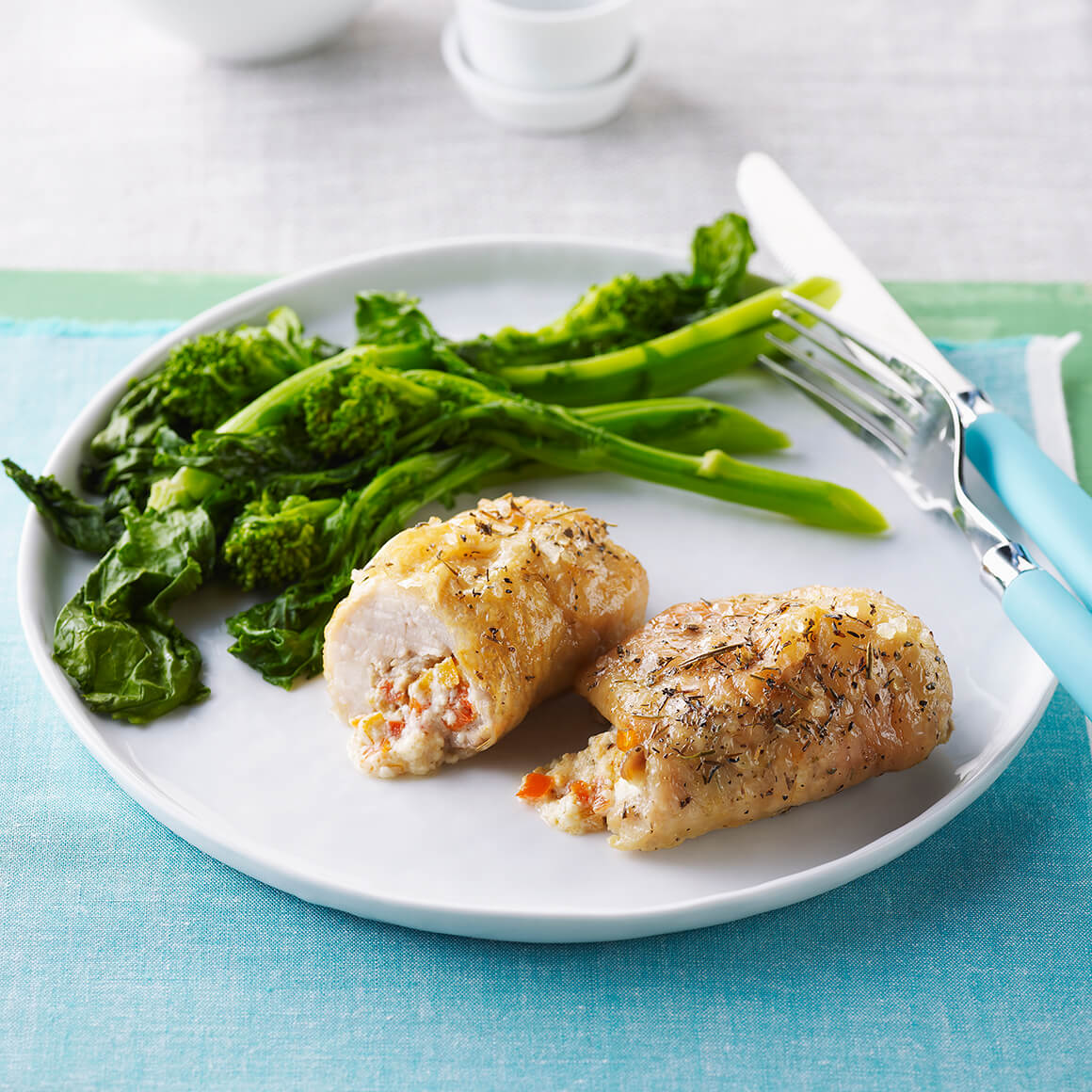
Tips for Making Better Choices
Saturated and Trans-fats: Try to choose foods with little to no saturated or trans fats. These fats can raise cholesterol and can therefore increase your risk of heart disease. You want to avoid palm, kernel oil, or coconut oil in the ingredient list as they are very high in saturated fat. Also, avoid ingredients that include hydrogenated or partially hydrogenated as they indicate the presence of trans fats. In general, you should always try to limit your intake of fats.
Protein: Protein is an important part of your diet. Choose lean proteins more often, like chicken. There are many chicken products available at your grocery store. A hundred grams of regular roasted chicken, meat only, contains 33 grams of protein. Try to buy fresh, uncooked chicken and other meats to cook at home. If buying frozen, seasoned chicken always read the label to check the protein, fat and sodium content.
Sugars: Sugars are in almost everything you buy. Try to avoid buying products that contain sugar as one of the main ingredients (top 2), especially if you are watching your sugar intake. Look for any words ending in “ose” in the ingredient list, plus corn syrup, honey, molasses, brown sugar and sugar. The Nutrition Facts label must list the amount of sugar per serving.
Sodium: Many foods, especially prepared foods can contain a significant amount of sodium. High levels of sodium can contribute to high blood pressure. Most of our sodium intake comes from table salt or sodium chloride, however check labels for sodium benzoate, salt, monosodium glutamate (msg), soy sauce, brine and baking soda.
Fibre: Most of us don’t consume enough fibre in our diet. We need approximately 25 grams of fibre in our diet daily. Eating breads, and cereals with whole grains is a great way to add fibre and keep your energy levels higher during the day. Also try replacing regular white rice with short or long grain brown rice, and including barley and flax meal to your diet. Barley makes a great accompaniment to chicken and flax meal can be easily added when baking or to any recipe that calls for bread crumbs, like meatballs or meatloaf. Beans and nuts are also good choices to add fibre to your diet as well as fruits and vegetables.
Carbohydrates: Wondering if carbs are good or bad for you? The trick here is to choose complex carbohydrates over simple carbohydrates. Skip the white bread, pasta and rice and choose whole grain varieties, like multigrain breads, oatmeal, brown rice and whole grain pasta’s. Fruits and vegetables are also complex carbohydrates. Complex carbohydrates are your primary source of energy and contain high levels of vitamins and minerals. They are also an excellent source of fibre and help with digestion.
Other Links: Want to know more? Check out the Health Canada interactive website on Nutrition Labelling. The site helps you find out more about Nutrition Facts, Specific Amount of Food, % Daily Value, Core Ingredients, Nutrition Claims and the List of Ingredients. It also contains a fun (and challenging!) quiz so you can put your new-found label-reading skills to the test.